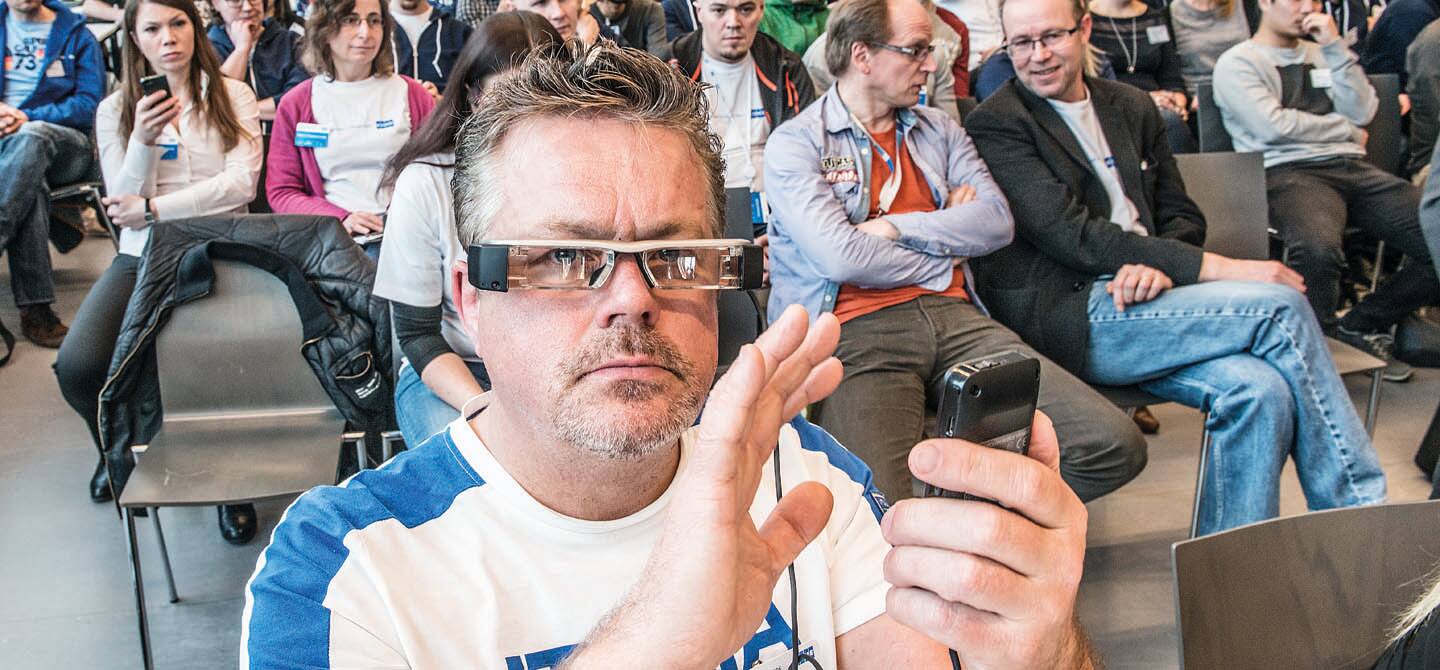“The difference between innovation and non-innovation is culture,” says innovation consultant Henry Doss, Managing Partner at Rainforest Strategies LLP in North Carolina. Doss describes culture as “a state of being” that comprises two components: hardware and software. The hard assets include such things as processes, metrics and governance, while the soft include values, attitudes and emotions. The ‘culture’ is the sum of all these factors – and all must move forward in alignment.
Else, organizations will run the risk of being left behind.
Doss is right. Take Dutch State Mines (DSM) for instance. From a former coal mining company, with a future about as bright as the average dodo’s, today DSM is a highly successful multinational specializing in cutting-edge solutions in health, nutrition and materials. ‘Radical’ hardly begins to describe DSM’s portfolio transformation. By consciously choosing a different future, they pushed into new terrain – and survived.
DSM embraced a ‘culture of innovation’, which is becoming a condition of survival in the new digital landscape.
But this doesn’t have to involve radical, game-changing transformation – it’s also about consistency, says Daniel Roos, Principal at Arthur D. Little’s Gothenburg office, the leading innovation consultancy in the Nordics.
“Being successful comes down to improving all the time, year after year. It can also be about small, incremental improvements. You have to constantly ask: how can we keep on finding new ways to create value and better services and business models to consistently stay on top,” says Roos.
"Embracing a ‘culture of innovation’ is becoming a condition of survival in the new digital landscape."
MULTIPLE YARDSTICKS
This isn’t impossible because there is more than one way to measure innovation success. Roos says the prerequisites differ from one industry to another.
It can be measured, for instance, as the renewal rate of products, the number of filed and granted patents, or as the cost savings achieved through new processes, technologies or ways of working. Depending on which metric you choose, different industries will be favored, for example it will be fast-moving consumer goods companies if you focus on the renewal rate or ICT companies if you are looking at patents.
Even a public institution can be a radical innovator. One example is the Pentagon’s Defense Advanced Research Projects Agency (DARPA), which has produced an unparalleled number of breakthroughs with its ‘special forces’ model of innovation.
Its recent inventions include an ultralight metal nanomesh that is nearly 100 times lighter than Styrofoam. In developing this groundbreaking material, DARPA clearly defined their ‘grand challenge’ and placed high-caliber teams in place to solve it, forcing them to compete against each other as well as collaborate.
“The teams were pushed hard, constantly having to validate their chosen path. This high-stress state of constant creative tension obviously isn’t for everyone, but for innovators it’s a great learning experience – and they really pushed the envelope,” says Roos.
THE GOOGLE WAY
Although organizations differ in their styles of innovation, those that remain consistently innovative have one thing in common: a clear vision and strategy. This applies across all geographies.
“Successful innovators define why they need to innovate, what their focus is, and how they plan to get to their envisioned future. DSM for instance made their innovation strategy their whole business strategy to drive change – and it paid off,” says Roos.
Sometimes moving forward requires tough choices: divestments, closures and project cancellations.
“Google offers a good example: they try out hundreds of ideas and force them to fail fast so they can learn what works and what doesn’t.”
The third crucial driver of innovation is a leadership style that energizes people to try out new ideas. As Steve Jobs famously said: “Innovation has nothing to do with how many R&D dollars you have. It’s about the people you have, how you’re led, and how much you get it.”
“You can’t force change. You have to make people want it. Here, leaders need to be role models – and what they do is more important than what they say. If ‘innovation’ is the last item on your meeting agenda and you run out of time before you get to it, you communicate that it’s not important. Innovation must be top of the agenda and woven through everything you do.”
PROUDLY FOUND ELSEWHERE
But can the risks, costs and payoffs of innovation be balanced – can you innovate and play it safe at the same time?
“Innovation isn’t about balance. Balance represents the status quo, while innovation means challenging the status quo. There will always be risks, but it’s a matter of understanding the nature of those risks and aligning your priorities and investments.”
Roos shares the example of an automotive company that was investing billions in R&D, yet the fear of failure kept them from truly innovating. “There are certain risks you can do nothing about, but this company tried to ignore them. Risks and failure were not tolerated, and this became a blockage. We helped them develop a new way to identify and talk about risks to get the creative juices flowing again.”
With digitization changing the ball game, organizations are increasingly moving from a ‘not invented here’ to ‘proudly found elsewhere’ mindset.
“When you push into new territory, you need new skills. Sometimes the shortest route to get there is open innovation. Successful companies are increasingly embracing open innovation ecosystems,” notes Roos.
“Innovation is and will be the driver of change in the years to come. Embracing a culture of innovation gives companies an edge over competitors and helps them stay ahead of the curve. But culture is an omnivore; it eats everything for breakfast. A poor or great culture is both the cause and the effect of innovation performance," he concludes.
